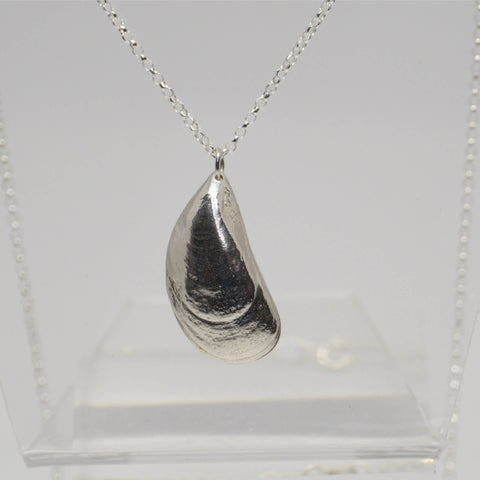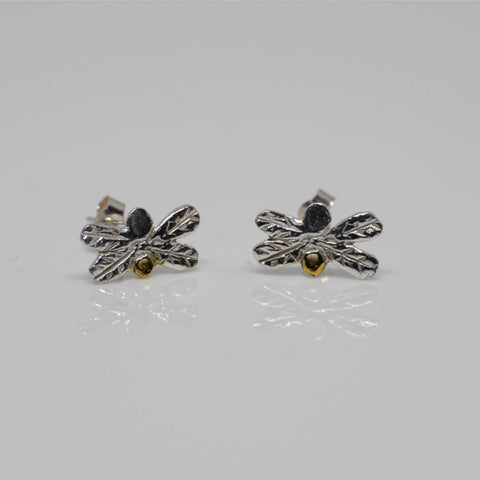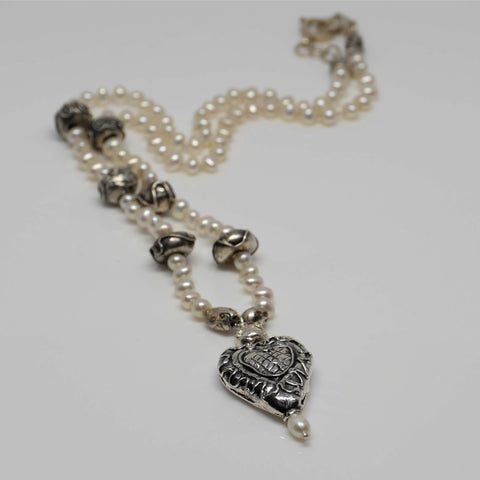Different Materials and Embellishments
Fine silver 99.9% silver pieces which are the result of using silver clay. The purest and softest of silver.
Sterling silver 92.5% pieces finished and polished by hand. This is a more robust silver than fine silver making it more suitable for rings and bangles.
22ct Gold Plating is a thin layer of gold electroplated onto silver. This is usually one micron thick. It gives extra sparkle to some pieces and is used on areas that do not get a lot of normal wear. Over time gold plating may wear off. Conventional silver cleaner and cloths will remove gold plating.
Black oxidisation patina is achieved by using liver of sulphur, a chemical compound used in metalworking to create antique-looking patinas on silver. Oxidisation naturally occurs on silver overtime as the silver reacts with oxygen. Conventional silver cleaner and cloths will remove oxidisation patina.
Cultured Freshwater pearls are pearls that are farmed and created using freshwater mussels. The are an integral part of some pieces and enhance the design, particularly if used on shell jewellery or pieces that have been inspired by history. Pearls gathered in the wild from the Holarctic freshwater pearl mussel were important sources of pearls for medieval jewelry, with Scotland a major source; this species is now endangered in most areas.
Gem stones occasionally designs will incorporate stones such as lapis lasuli, turquoise and coral. I try my best to source these from reputable sources or reuse strings from auctions, second hand finds.
Wood foraging and beach combing is a good source for natural materials. Many Jewellery pieces over the years have included driftwood, shells, interesting roots and fallen pieces of wood from the Pyrenees.
Packaging
The environment is all important, both in my work and materials used so whenever and wherever possible I use recycled material to create my pieces and to package them.



